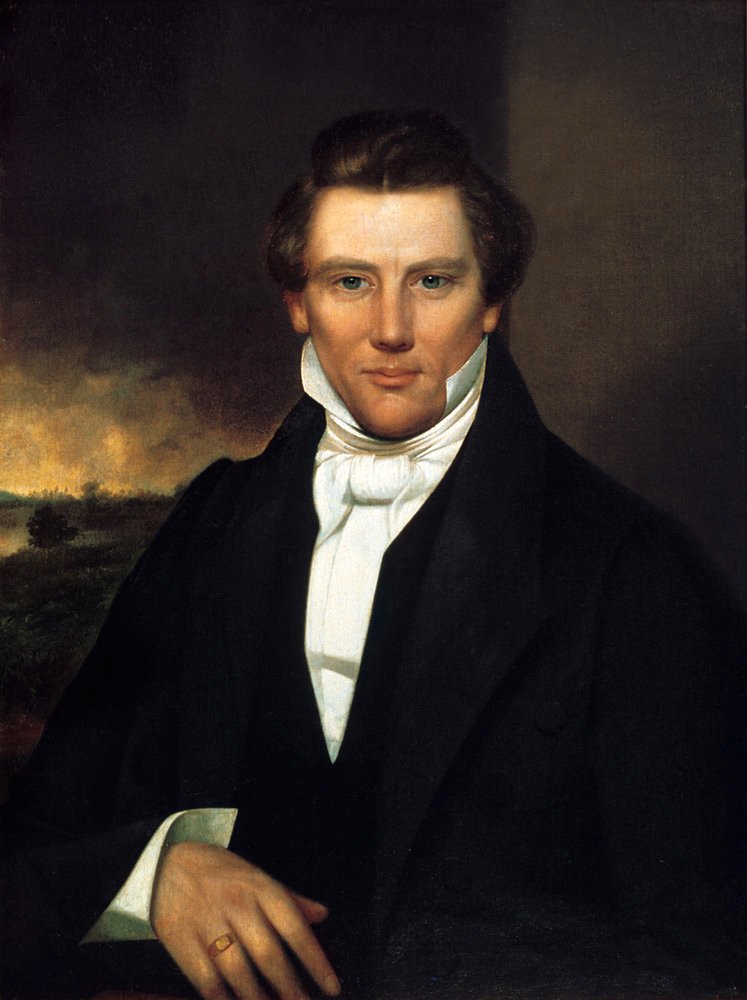What does it mean when “the true church of Jesus Christ” makes changes?
According to Daniel, the church of Jesus Christ in “the latter days” would be like a “stone cut out of the mountains without hands.” Eventually, it would grow to fill “the whole earth.” (Daniel 2:34-5.)
The Church of Jesus Christ of Latter-day Saints claims to be that church. It’s name combines 3 Nephi 27:8, Daniel 2:28, and Daniel 7:18-27—connecting Daniel’s ancient prophecies, the ministry of Christ, and modern times. That’s a lot of meaning in eight words.
It teaches that Jesus Christ’s original church was changed by human hands and lost during the Dark Ages, so it had to be “restored” by God in modern times. Today it claims modern prophets and apostles of Jesus Christ, with continuing revelation—truth directly from God to its leaders and anyone who seeks answers with “real intent.” And the Church teaches that “truth” isn’t subjective—it is defined as a knowledge of past, present, and future REALITY. (DC 93:24.)
Therefore, if the Church’s claims are true, revelation via that Church should be the ultimate source of unwavering truth since “God cannot lie” (Enos 1:6) and knows “all things from the beginning.” (1 Nephi 9:6). For example, the Church claims to have “the most correct of any book on earth” in its possession—the Book of Mormon—a book that it claims will bring people “nearer to God than any other book.”
But What if That Church Changes?
That raises a burning question. If a religion is “true,” if it is actually the kingdom of God on earth, would it ever change?
To me, the answer is surprising. Not only can it change, but it must and it will.

Joseph Smith, the prophet of the Restoration, said this:
“That which is wrong under one circumstance, may be, and often is, right under another…. This is the principle on which the government of heaven is conducted—by revelation adapted to the circumstances in which the children of the kingdom are placed. Whatever God requires is right, no matter what it is, although we may not see the reason thereof till long after the events transpire.”
—Joseph Smith, 27 Aug 1842
What We Learn from Change in the Church
How the Church changes is extremely interesting to study. It turns out that God’s Church is “agile,” to use the modern business parlance. Truth is revealed line upon line, precept upon precept. The Church adapts, pivots, expands, and adjusts according to: 1) circumstances, 2) our ability to bear the full truth, and 3) in response to honest and humble inquiries of its leaders and members. Questioning our leaders appropriately is therefore is not only allowed but important! (That’s a topic for a future article. Subscribe at right to be notified.)
However, in spite of agility, truth is still truth and spans all ages of time. Changes in a true religion would therefore never contradict fundamental, eternal realities. Programs will change, processes and procedures must certainly adapt, understanding will expand, but fundamental doctrines and principles will never change as far as they have been revealed and as far as we properly understood and implemented them in the past.
Therefore, changes actually make things clearer. I’m referring to past things, not just future things. That’s because as things change we can separate the unalterable principles and truths from the programs, processes, exceptions, extrapolations, and interpretations that did change. The part that doesn’t change over all time is the eternal, unalterable reality. Everything else was just expedient or the non-essential “mistakes of men.”
For example, the temple endowment existed from the beginning. I believe it is alluded to or demonstrated more than three dozen times in the scriptures. (See Abraham 1:3.) But anyone who attends a modern endowment will realize that the wording they hear can’t be the same words administered to Abraham or Peter, James, and John, and others. In other words, many details of the endowment have changed throughout the ages, even in modern times. Yet it remains an essential ordinance. So, what portion of the endowment does not change? What is the diamond core, the essential reality and gift and truth being conveyed beyond the symbolism? That is the right question.
When we see that answer clearly—and I believe it can only be answered fully by revelation—that’s when we truly understand. I assure you and testify that there is such a diamond core, and it is priceless.
Change Is Continuing Revelation at Work
So, as change happens or is anxiously anticipated, be assured that change is just continuing revelation at work—”revelation adapted to the circumstances in which the children of the kingdom are placed.”
I, for one, am excited to see—and apply—the new things we will learn as more changes unfold.
Kevin

Kevin Crenshaw is a member of the Church of Jesus Christ of Latter-day Saints. He has served as a teacher and leader in the Church for more than 40 years. Although he makes every effort to be a careful student of Latter-day Saint theology and history, the opinions expressed are his own. He is not authorized to speak officially on behalf of the Church.
